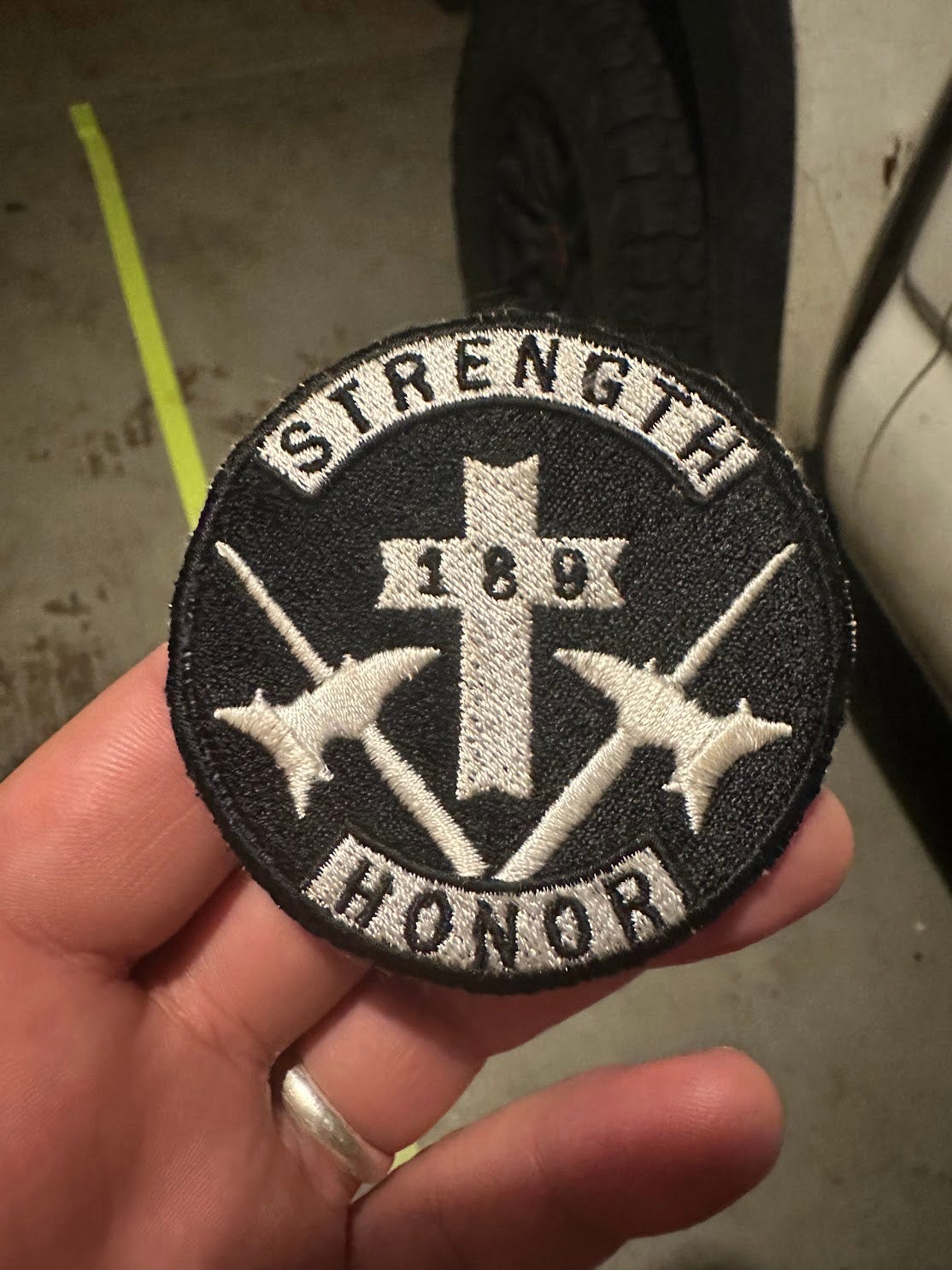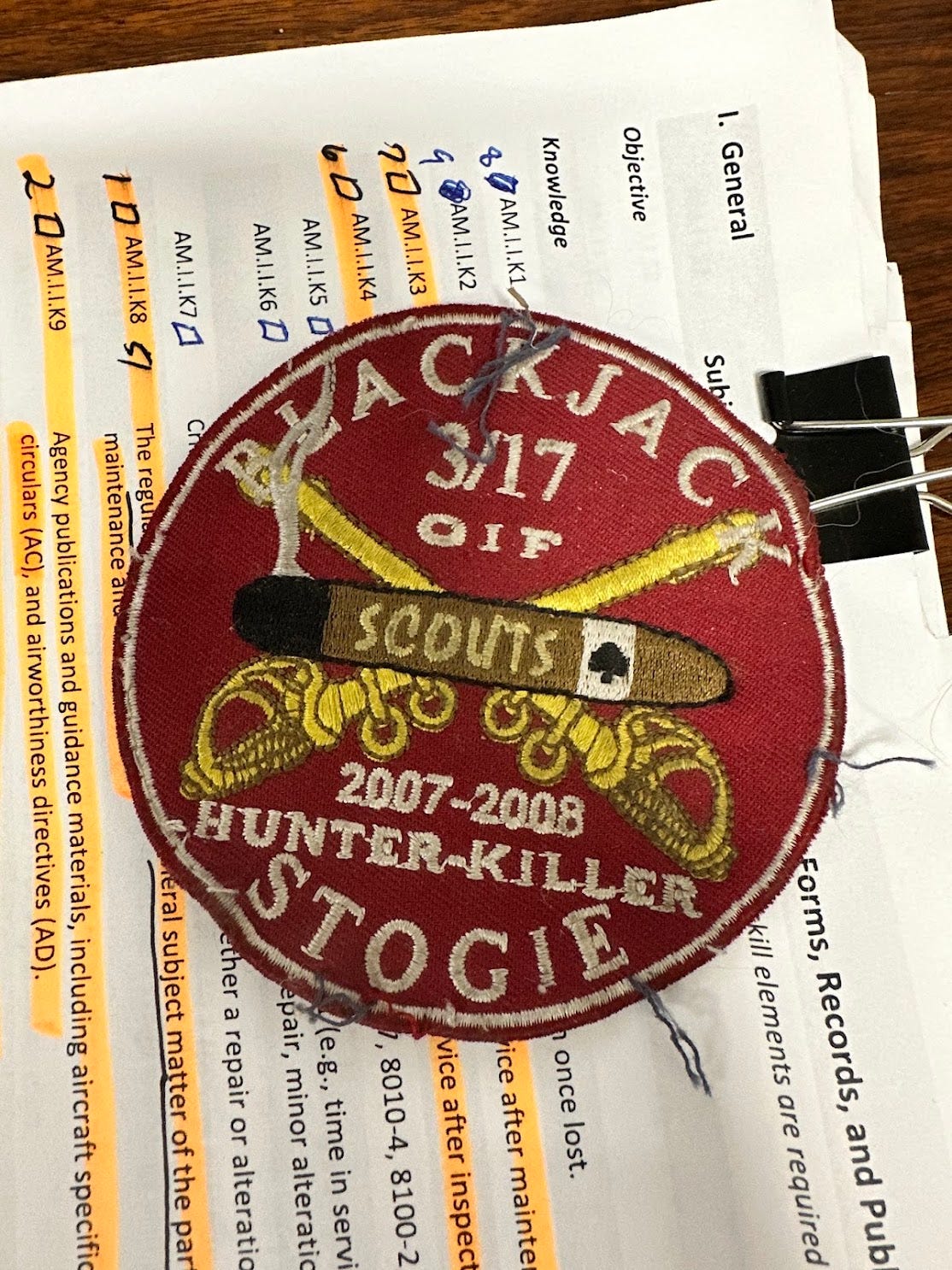Patches adorn my truck’s roof. Each one of the 3’’ circles represents a period of my life, an adventure, and a character-shaping experience that produced the fingers that dance this article to life. When I see them, I don’t see fabric sporting symbols but rather the faces of those whose hands built my character.
Truthfully, I don’t know why I have them there. I find myself looking at them while the truck warms up in the morning or while I sit at a long light. I think back to when those patches adorned my chest or shoulder. I think about the person who put that patch on for the first time and compare him to the changed individual who took it off for the last time.
Those patches represent snippets of time when stress ran high and revealed the foundation of my character. In those moments, a choice presents itself: to remain the same or evolve. Each velcro-backed circle of fabric stands for a new permutation of who Brandon Sanders evolved into while wearing it.
Be that as it may, they are not really about me. Each patch stands for a group, a team, and a tribe. It informed any casual viewer whom they stood in the presence of. Laced into the fabric of the patch were strands of pride, and they shine through still. In my eyes, at least.
When tasked with standing up an aircraft maintenance school, I reflected on what would make a good aircraft mechanic. The tools and engineering of today make the technical problems fairly easy to navigate and craftsmanship fairly straightforward to achieve. Building the best aircraft mechanics in the world would require more than knowing how to navigate maintenance manuals and use the right tools at the right time.
As I thought back to the best mechanics I had ever worked with, one trait emerged common among them all: They were good team players. Each one had their own technical abilities, strengths, and weaknesses. Some were grumpy, and some were calm, but all stood by your side in work and in life.

Each one came in an instant if I needed them. I knew their wives and kids, ate at their tables, and listened to their stories. I’ve seen work stop to find other mechanics that didn’t come back from fishing trips, cross-country moves, metric tons of food made when children were born or someone died. In many ways, we were more than mechanics but rather cousins of an extended, dysfunctional family.
I knew that I could rely on them when I had an unsolvable problem, and I was always looking for a chance to return the favor. The patch represented that. When I look at those patches, I see those relationships and the lessons I learned from those who also wore them with me. I knew that if I were to build the best mechanics in the world, character, teamwork, and pride would be what I really taught them, not technical know-how.
So when my students sit down for the first day of their aviation careers, their first assignment won’t have anything to do with airplanes. Instead, they will get a chance to form an identity around the experience that lies before them. They will get their first chance to design a patch that they will wear every day of class, and one day attach to the headliner of their truck.
Hone the Edge.









